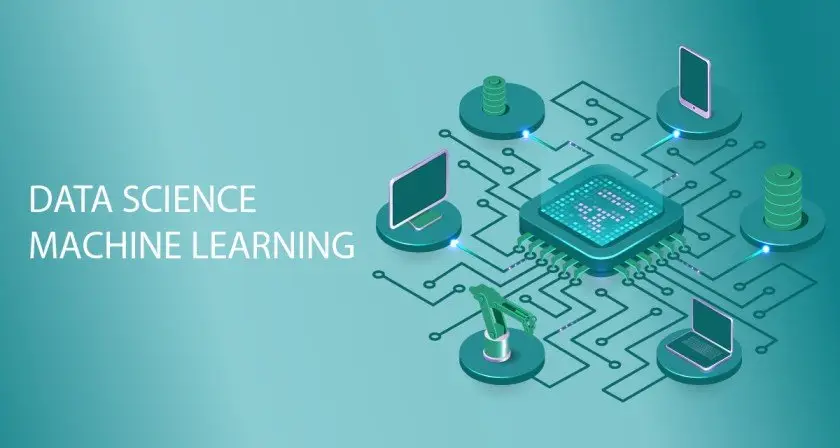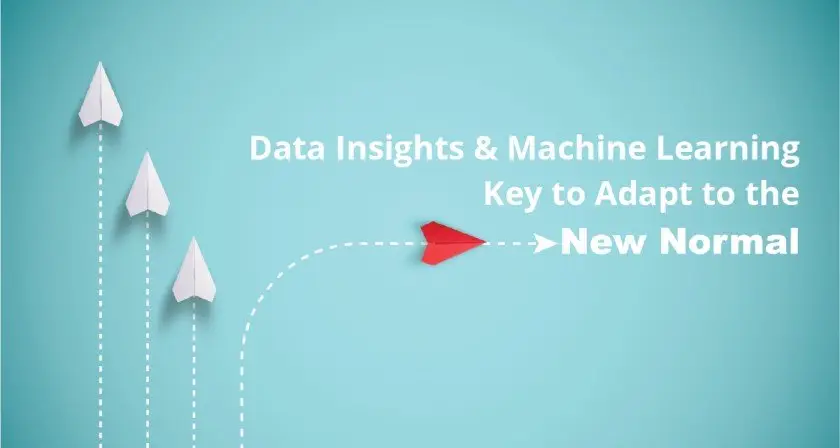With lockdown restrictions in the COVID-19 pandemic, people opted for safety over their loyalty to any brand. This has led to a dramatic shift in consumer buying behavior and McKinsey’s survey suggests people are likely to stick with this behavior. The future of businesses will depend on how they monitor changing customer preferences. Using machine learning, loyalty programs can track any changes in this buying behavior and help engage customers better. Let’s look at how loyalty programs can achieve higher customer engagement.
Convenience and monetary value proposition are the two most important attributes that the majority of the shoppers look for before they show their loyalty to a brand or shopping channel. Since loyalty programs collect lots of data including purchases, social behavior, engagement and surveys, they are best equipped to monitor such changes and derive more insights. For example, buy online pick-up in store or curbside and contactless delivery has become a new pre-requisite for most buyers. Such options were not even considered before. Loyalty programs can learn about such expectations by running incentivized surveys. Customers get a chance to voice their expectations and get bonus points in return. A win-win situation. By tracking which platforms, the customers choose to make their purchases, or the type of products they purchase, loyalty programs gain insights in the change in such buying behavior. With this, businesses can renew their insights and realign engagement strategies with the help of the loyalty program.

Within the loyalty program, machine learning techniques can finely segment customers based on type of products purchased, value of purchases, frequency, trends, seasonality, social behavior, survey responses etc. Such user segments could be high spending customers, or people who engage with the brand on social media platforms or people interested in certain service offering. Based on these user segments, the loyalty program can send communication for specific products and offers to such customers. Machine learning can further segment these customers based on how they interact with such communication. This makes it possible to further personalize the customer experience. Thus, machine learning in loyalty programs can be used to track customer behavior and use this tracking to engage & retain such customers using personalized campaigns.
A lot of the pre-covid era insights on buying behavior have changed. This outdated data now offers little value to the business. Brands cannot afford to be in a wait-and-see mode. If businesses cannot adapt to changing behavior, customers will lose faith and make a switch to competitors. Loyalty programs that use machine learning techniques can help companies gather data insights into changing buyer behavior, helping them stay nimble and adapt to any changes in buyer behavior. This approach will help businesses develop long term relationships with customers and drive growth. Thus, loyalty programs that use machine learning to generate data insights and to segment customers will be a key to adapt to the new normal.


